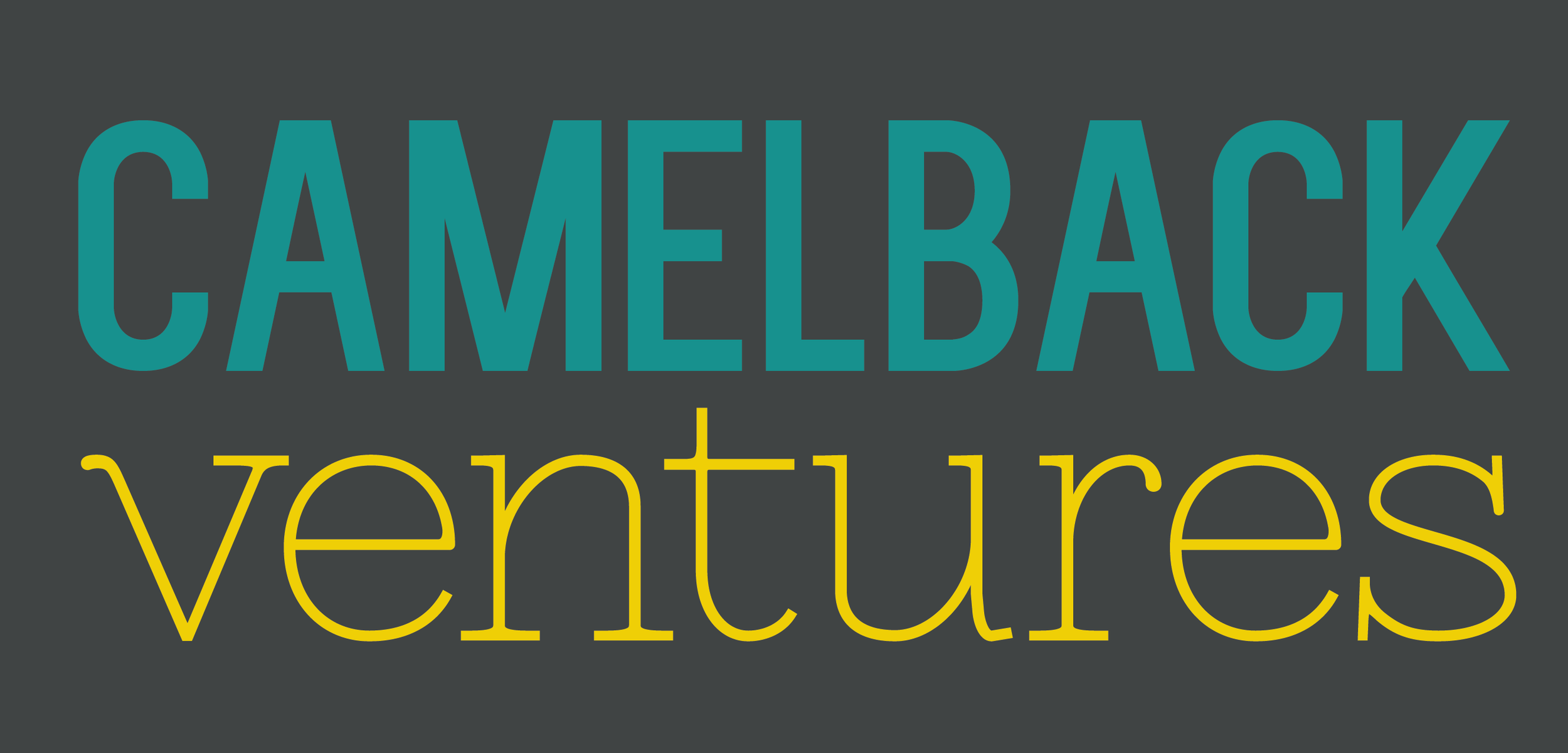Philanthropy Without Applications
By: Jonathan Santos Silva, Founder of The Liber Institute
Imagine if philanthropists and foundations threw away applications. What implications would that have on philanthropy, and how would it work in practice? As I approach year twelve in the nonprofit education space, I’ve tallied multiple conversions about improving the relationships between philanthropists and service providers. One of the most disruptive ideas I’ve encountered is throwing out applications altogether. Philanthropy without applications requires work on the part of funders and venture leaders. It also requires commitments to relationship building and vulnerability that may not come naturally. Hard? Yes. Possible? Yes. How do I know? Because I have experienced it.
Relationship-Based Funding
Two years ago, a conversation with our fiscal sponsor, Cambiar Education, revealed an unsolicited funding opportunity. A foundation was interested in learning more about The Liber Institute, but it didn't have an application I could submit to share our story. Instead, it relied on building relationships with the people behind the organizations it sought to support. With this understanding, I embarked on a weeks-long journey with a member of its team.
In the beginning, “Ruth” and I were just getting to know each other. She wanted to know why I became an educator (to honor my parents and educators), how I landed in Pine Ridge (Teach For America), and what prompted me to become a social entrepreneur (feeling frustrated with the pace of change and the fear of undereducating another generation). I wanted to know how she got involved with philanthropy (it wasn’t planned) and why she stayed (it felt like a calling). Ruth and I dug into what it was about Indigenous education that had drawn my attention (amazing kids, incredible communities, and a history of injustice). In that process, we discovered things about each other's families, our faith, and the vision I had for my venture; we began to understand each other as human beings.
And so, for those weeks, Ruth asked me many questions. Far from my past experiences of feeling evaluated or measured against some hidden rubric, Ruth was building a case for Liber. At specific points, she would ask me, “If I was going to go in to talk about Liber, how would I answer this question?” or “If our president asks questions about this, what would you say?” Through her lens as a member of the organization and one who knew her leaders in a way that I did not, Ruth was able to internalize and then amplify my responses and bring them to her leaders with stickiness and staying power. Unlike other applications and pitches that placed the burden on me to measure up, I was able to lean on Ruth in a collaboration between two parties who would each benefit: me as a prospective recipient of much-needed funding for my fledgling organization, and Ruth contributing to her organization’s impact goals.
A New Landscape
Doing away with applications will create a major disruption in the way foundations typically learn about new organizations, but it won’t stop them from learning altogether. In fact, it may draw more philanthropic leaders out of offices and echo chambers, and into relationships and communities where they can gain a better understanding of what is needed and which organizations are leading truly impactful work. Ruth found Liber through its relationship with Cambiar. Another foundation discovered us through Camelback Ventures. Eliminating applications reduces the reliance on a one-way information-gathering process and discards the traditional vertical relationships in philanthropy that set funders “above” entrepreneurs and venture leaders. A new, healthier, and more responsive philanthropy emerges, one in which the old hierarchy is replaced with stronger horizontal relationships built on reciprocity and mutual benefit.
The disappearance of applications also does not have to stop nonprofit organizations from raising their hands and indicating interest. Foundations can still have an open ask for proposals or something similar. However, instead of placing the onus on nonprofits to jump through invisible hoops and fit into philanthropy’s archetypes (the unspoken criteria that is almost never made public), foundations and nonprofits can approach relationship building as we do in other areas of life: as two equal but different parties deserving of respect and the opportunity to be known.
Breaking A Cycle
Getting rid of or replacing applications can also have a profound impact on nonprofit and community leaders with regard to historical trauma. I have had the good fortune of working with great philanthropic professionals who don't view the application process as a hierarchy or a call to venture leaders to beg for money. Still, the reality is it often feels like that for fundraisers. Applications typically require organizations to make a case for why they exist, why the problem they address is worthy of being prioritized, and why they deserve investment, all while convincing decision-makers who are far removed from the communities being served and the challenges being faced.
What can make this worse is when historic injustices complicate the process. In many cases, BIPOC non-profit leaders are pitching to foundations whose wealth was created on the backs of the ancestors of BIPOC folks with little to no compensation. It can feel demoralizing for leaders to feel as though they must ask, beg, or perform for money that was generated by contributing to the very conditions their nonprofits seek to address.
With Ruth, I was never made to feel like I had to convince her. She was invested in Liber from the beginning. And even though we were building the case for Liber to her leadership, it never felt like I was begging someone or trying to “make them love me.” Ruth helped me understand her organization’s mission, vision, and values, as well as its investment thesis. From there, we worked together (in a horizontal relationship) to present Liber in the best possible light.
Identify Your First Step
Taking applications out of philanthropy will not be easy, and it won’t happen overnight. It might not even be right for every foundation in every context. More important than getting rid of applications are the organizational reflections and conversations that need to happen in order for foundations to have the impact they desire. If the team in the boardroom does not look like the program team or the people leading the ventures and communities you serve, you have an incredible opportunity to invite people in, listen deeply, and share power.
From there, examine the processes, policies, and procedures that govern your operations. Be willing to ask grantees and staff if there are any unnecessary obstacles that can be removed. If you don’t think people will be forthcoming with you, hire people from the community to conduct this empathy work on your behalf. Survey past, present, and future recipients. What was their experience like working with your organization, other philanthropists, and foundations? Which parts of the application process are simple and which parts are painstakingly difficult? How can your organization simplify and humanize the process more for applicants? Even if you decide to keep your application process, make sure it is actually working for the people you intend to serve. Does everything have to be written? Will you accept video submissions? Can you deploy a fleet of folks like Ruth to build relationships with your current and future grantees?
It’s Also On Us – Advice for Nonprofit Leaders
If the past is prologue, one thing is certain: nonprofit leaders can not simply wait for philanthropy to change for the better. Philanthropy WILL change. That much is true. But it is mostly likely that priorities will shift to the next shiny toy before they return to issues of equity and justice. This is why I strongly advocate that nonprofits and social enterprises take an asset-based approach to raising revenue.
I challenge fellow nonprofit leaders to think strategically. We must diversify our funding streams or risk closing our doors before we have had the chance to actualize the impact we so deeply desire to have. It’s time to look into corporate sponsorships and earned revenue. How can you take the same skills, knowledge, and cultural assets you bring to your current work, “flip it and reverse it” the way our communities always have, and create offerings the market will pay for?
One specific example from Liber comes from a pilot we offered directly to teachers who created an online community filled with choice-based professional learning opportunities and sacred affinity spaces. The teachers loved it, so as we were running out of the funding to support it we asked ourselves how we could take what we had learned and continue to serve. Now, the lessons learned from that community are embedded in teacher and leader development work we offer to schools and districts, and we continue to receive rave reviews for our adult learning work.
Liber shifted that idea from a B2C (business to customer) to a B2B (business to “business,” as in the schools) offering and found a way to sustain it without philanthropy. Does your organization have an opportunity like that? Do you have a podcast you can monetize with subscription-based exclusives? Do you have a story that you can turn into a keynote and hit the circuit? When you generate at least part of your revenue in fee-for-service work, you build flexibility and freedom in spending, investing, and saving that money.
As we challenge philanthropy to think differently about how they give, we as nonprofit leaders must challenge ourselves to think differently about how we earn, moving from reactionary to revolutionary leadership.
Connect with Us
For those ready to do the work but are still determining where to start, The Liber Institute would like to partner with you. We believe so much in the power of relationship building that we are committed to acting as a bridge between organizations and communities. Reach us at info@theliberinstitute.org.
This thought leadership piece and others like it can be found in Camelback Ventures' Giving Compass ‘Racial Equity in Philanthropy' e-magazine collection. Check it out!
_________
The Capital Collaborative by Camelback Ventures works with funders and social impact investors who want to deepen their individual and organizational commitment to racial and gender equity in order to move more money to BIPOC-led organizations and diversify power in funding. In Fall 2024, Capital Collaborative will launch a two-year experience designed explicitly for board members, trustees, and wealth-holders who want to examine the status quo of governance, and redefine and co-design how power is held within their funding organizations. You can learn more about how to get involved by submitting an interest form or signing up for the newsletter.


